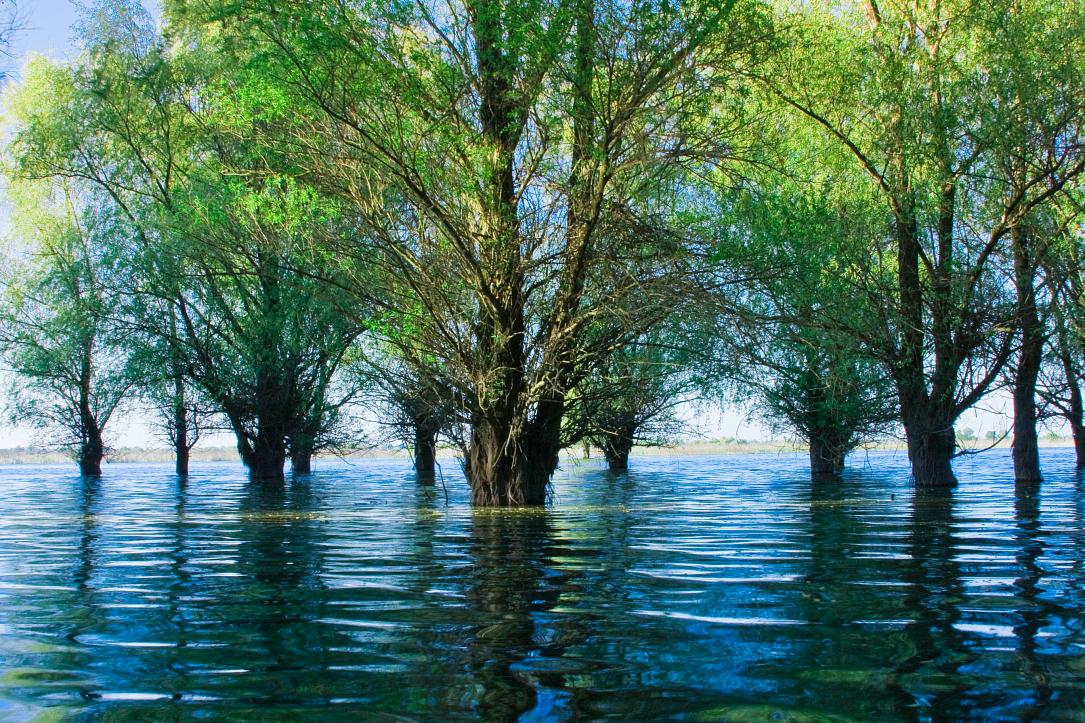Romania Photo of the Day by Dreamstime: The charming Letea Forest in the Danube Delta

The Romania Photo of the Day created in partnership with stock photo provider Dreamstime aims to highlight the best of Romania. From stunning landscapes and popular tourist destinations and landmarks to people, traditions, and food, this series helps you discover Romania one photo at a time. This week, we put the focus on the Danube Delta and Danube landscapes.
The Letea Forest looks like something out of a fairytale: old knotted oak trees give way to white sand dunes, subtropical plants grip the thin layer of fertile earth, vines criss-cross above head, while the hum, buzz, and song of exotic creatures fill the air. (Photo source - click on the number to get to the original file: 9347566 © Catalin Garbulet | Dreamstime.com)
Located in the county of Tulcea, Letea Forest is the oldest nature reserve in Romania, having been first given protected status in 1938.
This forest was the initial foundation of the Danube Delta Biosphere Reserve, which has been declared a World Heritage Site, and was internationally recognized as a Biosphere Reserve under UNESCO's Man and the Biosphere Program in 1992 after being studied by Jacques-Yves Cousteau and his team of researchers.
It is the northernmost subtropical forest in Europe and covers an area of more than 5,000 hectares.
In order to visit it, one climbs aboard a boat from one of the local ports of the Danube. Along the route, writes Discover Doborogea, one witnesses varied landscapes and an area of floating islands that move along the canal depending on which way the wind or the current is blowing. Finally one reaches the village of Letea, and the beautiful forest.
A paradise for biologists, botanists, and nature lovers, the Danube Delta is home to thousands of different plant and animal species and is the third most species-rich place in the world after the Galapagos Archipelago and the Great Barrier Reef – and many of these interesting creatures live here, in the forest.
One interesting plant that grows here, according to Discover Dobrogea, is the Sea Grape (Ephedra Distachya), which due to its specific kind of roots is able to exist on the sand dunes where nothing else grows. Every year, in the month of June, the so-called sea grape produces luscious red berries that apparently taste a bit like watermelon.













